In the market, you will find many different kinds of beverage packaging available. The best should take into consideration the product and its protection during transportation and handling. The packaging should also be durable and able to guarantee a product’s safety, taste and quality. The best beverage packaging should be strong enough to ensure the product reaches the end-user in good condition. Proper packaging also makes the product stand out, thus increasing its brand awareness.
There are many types of beverage packaging. The most ideal are those that would pass the package integrity testing process. A beverage packaging material should also be durable and strong enough to withstand the rigours of shipping and handling. The best packaging depends on the beverage being packed since each type has advantages and disadvantages. Always use a packaging material that protects your product from its manufacture to delivery.
Below are six examples of ideal beverage packaging.
1. Glass
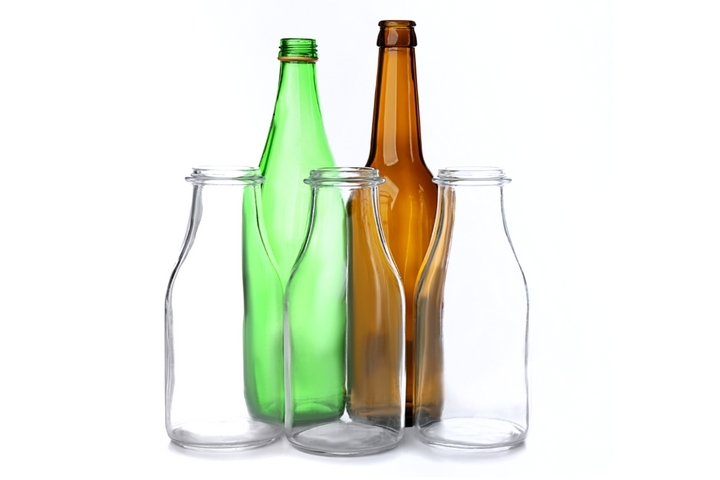
A classic material, glass has always been used by beverage packaging companies. Airtight and waterproof, glass bottles and jars provide an excellent option for beverages as they maintain the freshness and quality of their contents.
Flavour is not lost from drinks packed in glass, neither are they contaminated by outside factors since glass is an impermeable material. Besides, glass is not affected by external temperatures such as heat, meaning it can maintain the product’s internal temperature. As a result, it doesn’t change the shelf life of a product. Since it is non-toxic, glass is one of the safest packaging materials.
It doesn’t require a special lining. Glass bottles or jars have a long shelf life. Besides, colours in glass bottles don’t fade. Since it is sturdy and recyclable, it makes for excellent packaging material. The only downside is that glass is easy to break and therefore not easy to travel with.
2. Metal
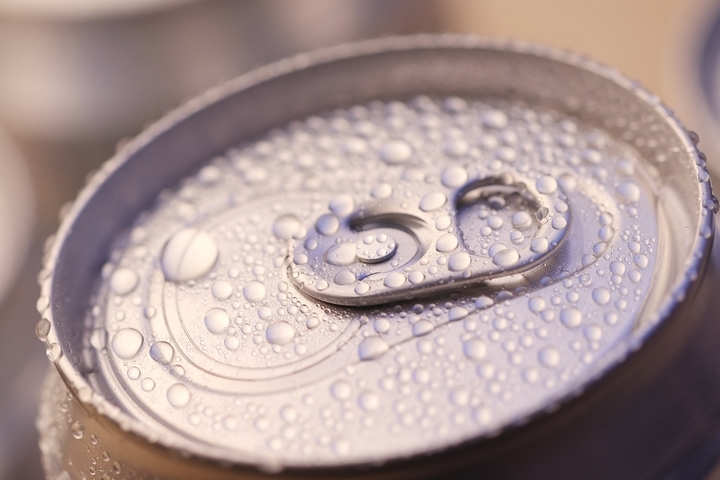
Metal cans are commonly used for beverage packaging. They have excellent protective properties, especially against air and light, which can cause adverse effects on the flavour and quality of the beverage. This helps to enhance the product’s shelf life. Cans are resistant to changes in temperature, humidity and pests, which help to maintain the product’s freshness and flavour.
Unlike glass, they are lightweight, long-lasting and unbreakable. This makes them excellent packaging option for beverages. Metal packaging is perfect for those with active lifestyles such as hikers, or those who love outdoor venues, such as stadiums, where glass is not allowed. Metal cans allow eye-catching graphic decoration to attract customers. They also boost a brand’s awareness. Recyclable metal cans are an excellent packaging choice.
3. High-Density Polyethylene Plastic
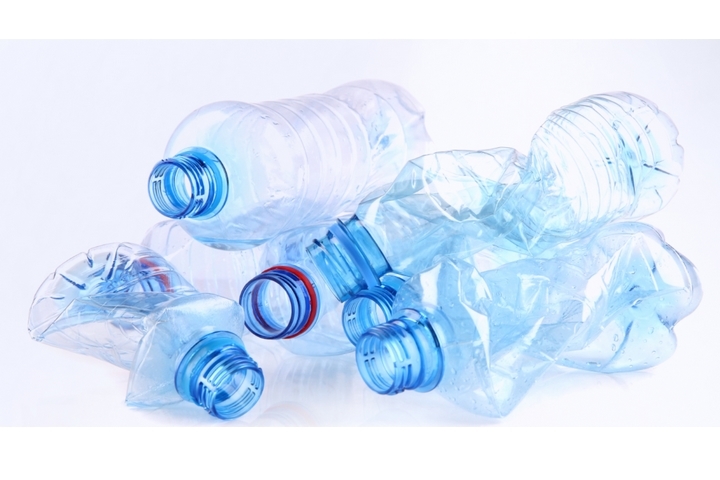
Plastic is a common and widely used packaging material for beverages. A good plastic bottle is transparent and unbreakable. They are also lightweight and refillable. High-Density Polyethylene (HDPE) is the most commonly used type of plastic. Many bottles and containers are made using this plastic. The bottles can be coloured or translucent. They are stiff and have exceptional barrier properties. They are suitable for packaging products such as water, juice and milk.
4. Polyethylene Terephthalate (PET)
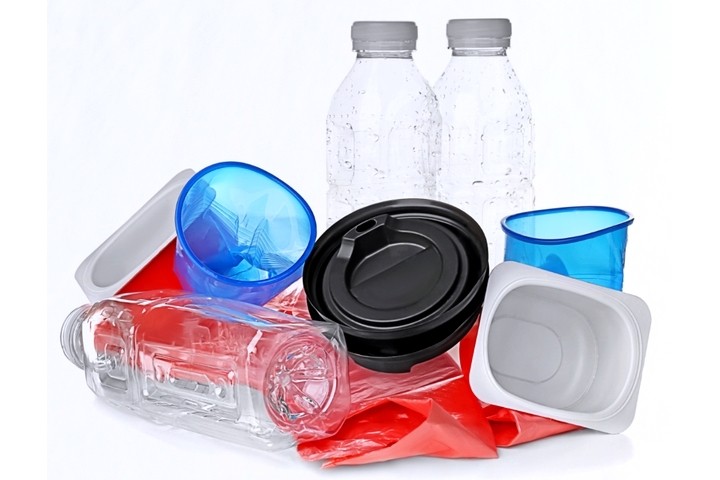
PET is a non-toxic, sturdy plastic. You can cast it into different sizes and shapes. It is durable and very reliable. PET is shatter-resistant and has excellent oxygen, carbon dioxide and water barrier properties. It is highly recyclable and a popular choice among beverage manufacturers. It protects the contents of packaging from contaminants and keeps them at the required temperature.
Bottles made from this material can be chilled safely. Their portability makes them an excellent choice for beverage packaging. Beverages such as soda and other drinks are commonly packed in PET bottles. If properly disposed of, these bottles can be recycled or reused.
5. Paperboard
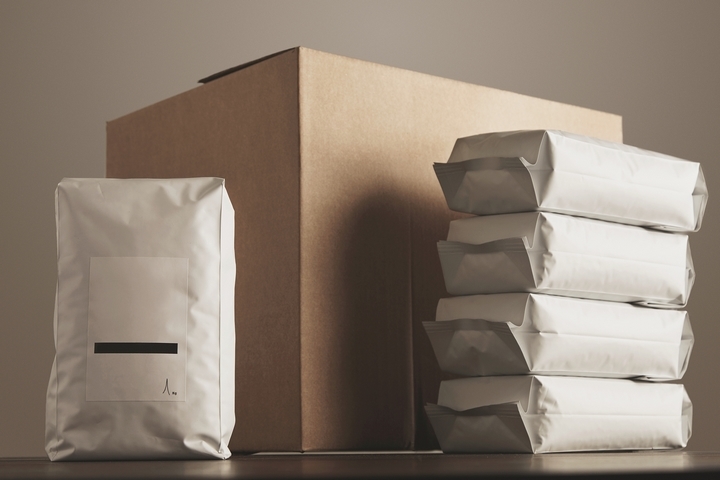
Paperboard is made from renewable wood material. It is commonly used to make beverage cartons and provides stability and strength. It also provides a smooth printing surface. Cartons, for instance, are excellent for packaging beverages. They made of layers of paperboard, polyethylene and aluminum foil. Polyethylene protects against outside moisture while helping the paperboard to adhere to the aluminum foil.
The foil protects against air and light, helping to maintain the flavour and quality of the packaged contents. This makes it a good packaging alternative for beverages since it keeps them fresh and safe from contamination and damage via outside factors.
6. Stand-up Pouches
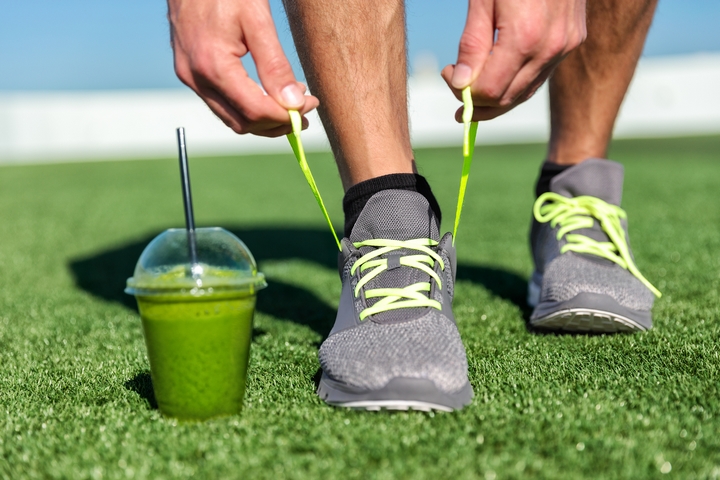
Available in different shapes and sizes, pouches are excellent packaging material for beverages. They are made from a combination of aluminum foil and polyethylene plastic. The bags are rupture-resistant and leak-proof. They can be transparent or opaque. They come in different kinds of screw tops that make beverages easy to drink or pour out. Pouches are clean and environment-friendly. The outer part of a pouch is made of a material that allows easy printing of graphics to aid product marketing. Pouches keep the packaged contents at the required temperature and protect them from contamination by outside factors.



